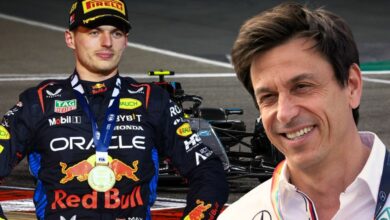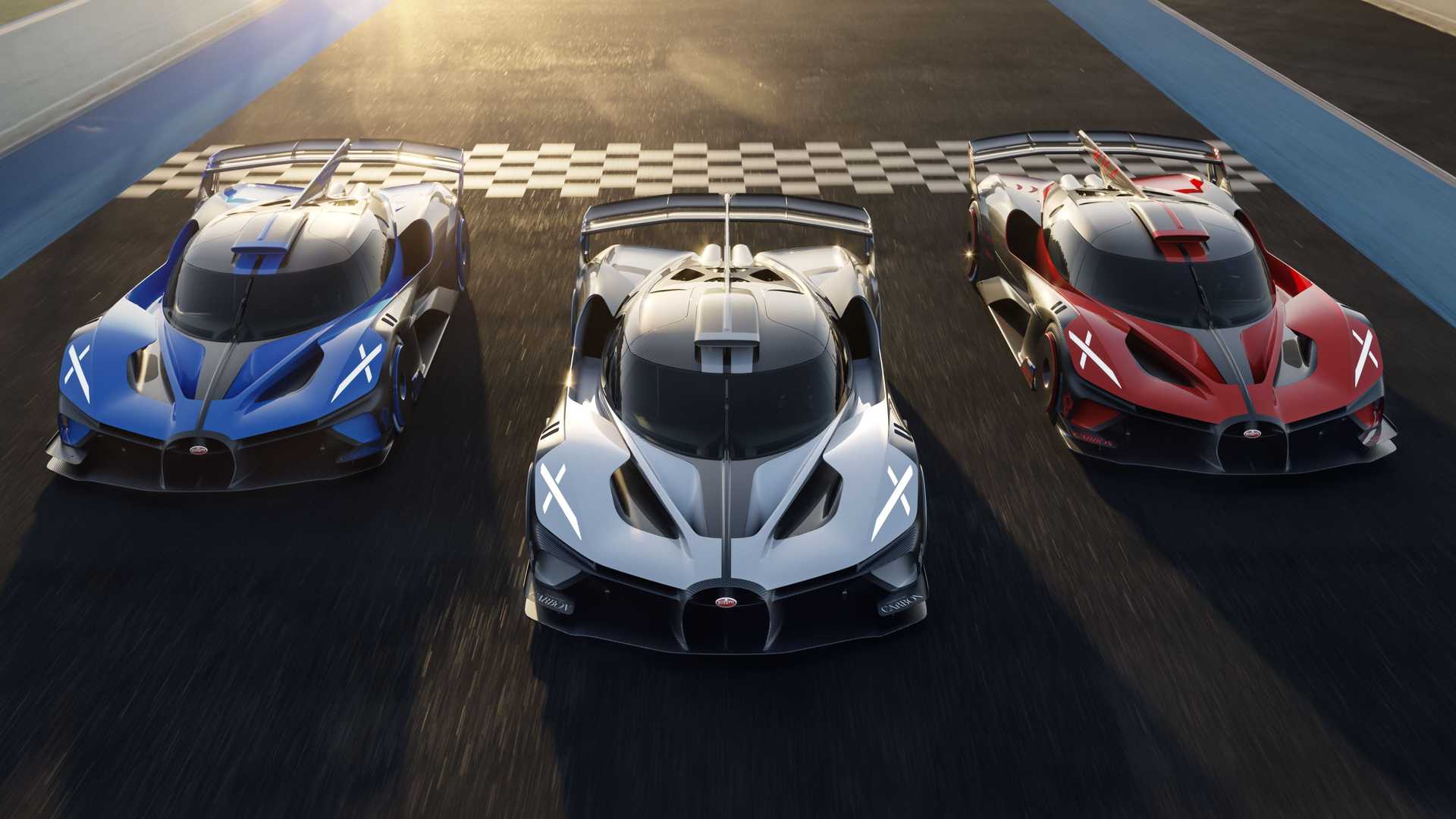Dutch GP FP2 Drama: Ricciardo’s Collision and Piastri’s Mishap Shake Up Practice Session
Daniel Ricciardo's Unfortunate Collision and Oscar Piastri's Mishap Cast a Shadow over Dutch Grand Prix FP2
During the recent Dutch Grand Prix’s second free practice session, two prominent Australian racers, Oscar Piastri and Daniel Ricciardo, encountered unfortunate accidents that prematurely curtailed their practice endeavors. The mishaps occurred at Turn 3 of the circuit and cast a shadow over their performance, prompting attention from Formula 1 enthusiasts worldwide.
Oscar Piastri, navigating his way through the challenging track, experienced a loss of control as he approached Turn 3. This led to an unfortunate collision with the unyielding race barrier, abruptly ending his practice run. The impact not only highlighted the demanding nature of the Dutch Grand Prix circuit but also served as a reminder of the precision and skill required to master these high-speed machines.
In an unfortunate turn of events, Daniel Ricciardo found himself in a perilous situation merely moments after Piastri’s incident. As he followed the course, his reflexes were put to the ultimate test. However, the rapidly unfolding scenario left him with little time to react, leading to a collision with the already compromised McLaren ahead. The sound of metal meeting metal reverberated across the circuit as Ricciardo’s car met the race barrier, resulting in a visibly damaged vehicle.
The severity of the situation prompted race officials to respond swiftly. A red flag was waved, bringing the practice session to a standstill a mere ten minutes after it had begun. The track had transformed from a battleground of speed and skill to a canvas marked by halted cars and a tense atmosphere. The halt provided officials with the opportunity to assess the condition of both the track and the involved vehicles.
Efforts are underway to clear the track of the McLaren MCL60 and the AlphaTauri AT04, aiming to restore normalcy and restart the practice session. The incident served as a testament to the dedication and resilience of the Formula 1 teams and their ability to navigate unexpected challenges that the sport presents.
Subsequently, insights from the team radio shed light on Daniel Ricciardo’s experience leading up to the collision. As the adrenaline coursed through his veins, Ricciardo found himself struggling with the aftermath of the collision. He articulated his discomfort over the team radio, prompting concerns for his well-being. Onboard footage from his car revealed a critical detail – Ricciardo’s attempt to maneuver and regain control was hindered by his proximity to the steering wheel. The footage showed that he had insufficient time to remove his right hand from the steering wheel, which possibly impacted his ability to avert the collision.
As the race unfolded and the session came to a halt, attention turned to the medical center, where Daniel Ricciardo was promptly taken for evaluation. The Australian racer’s condition remained uncertain, and the racing community held its collective breath, awaiting updates from the team regarding his well-being.
In the dynamic world of Formula 1, where split-second decisions and razor-sharp reflexes can make all the difference, incidents like these underscore the inherent risks that racers face in their pursuit of victory. The Dutch Grand Prix’s practice session served as a stark reminder that even the most seasoned racers are not immune to the challenges posed by the track.


